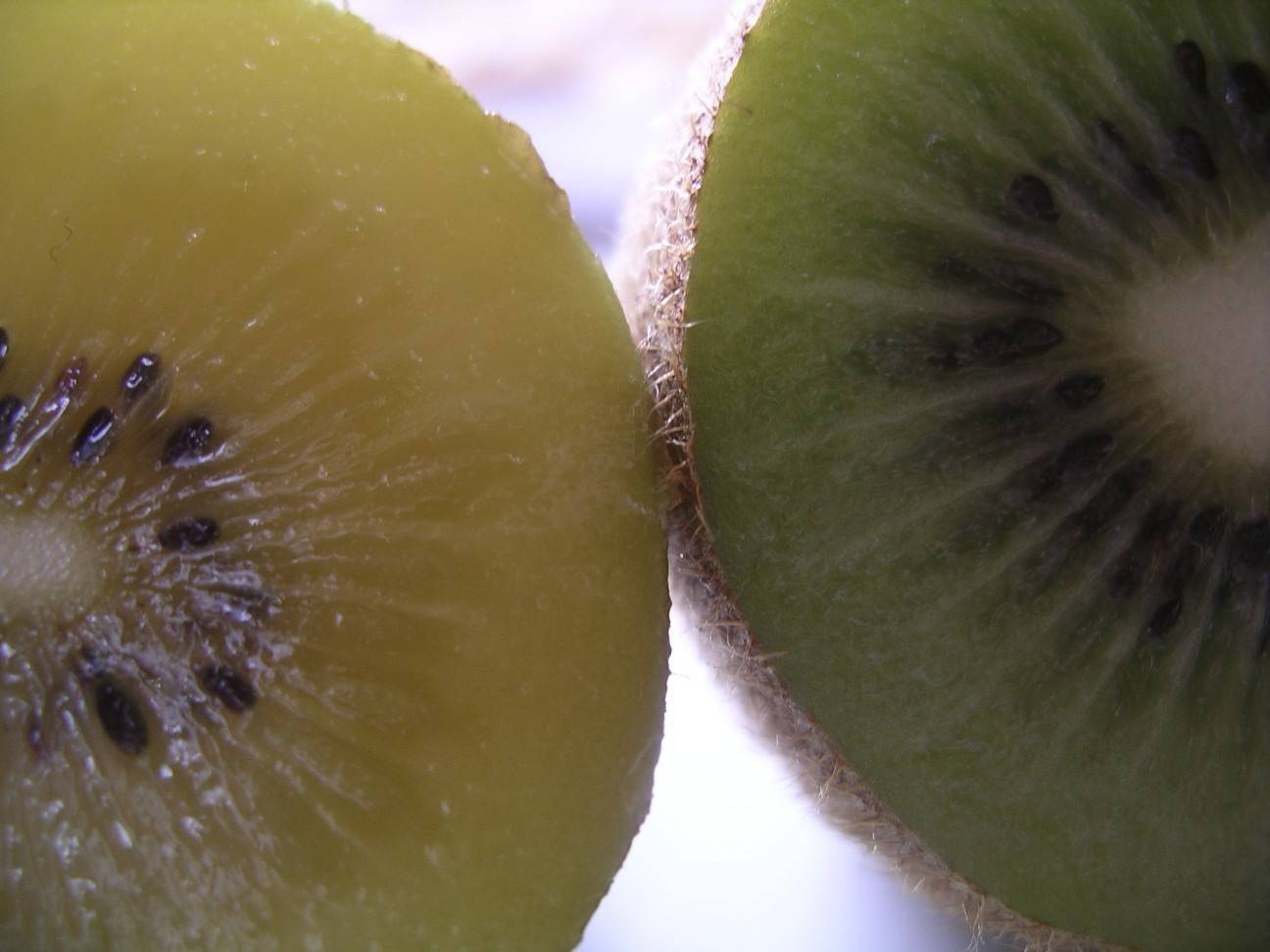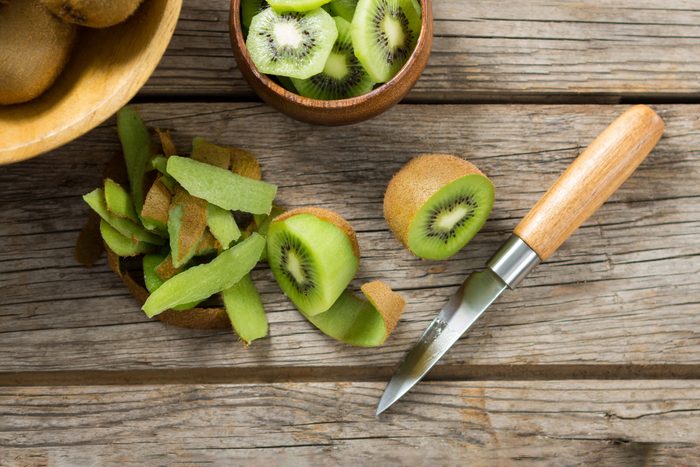Exploring Flavors: What Do Kiwis Taste Like? A Cooking Adventure
Wiki Article
A Deep Study Kiwi Growing: Introducing the Methods, Difficulties, and Possible for Lasting Farming
Are you curious about the tricks behind successful kiwi growing? Look no more! In this short article, we will certainly take you on a deep dive right into the techniques, obstacles, and capacity for lasting farming in the world of kiwis. Discover the optimal growing conditions, advanced farming techniques, and the sustainable techniques that can open the full potential of kiwi farming. Get all set to discover the surprise knowledge that will transform your kiwi growing undertakings.Optimum Growing Conditions for Kiwi Plant Kingdoms

Cutting-Edge Cultivation Strategies
GPS innovation permits for exact mapping and monitoring of the kiwi creeping plants, maximizing irrigation and fertilizing methods to make sure that each plant obtains the required nutrients and water. One more sophisticated method is upright farming, which entails expanding kiwi plants in piled layers using man-made illumination and climate-controlled atmospheres. By welcoming these cutting-edge methods, kiwi farmers can attain better efficiency, optimize source application, and add to sustainable farming methods.Difficulties Encountered by Kiwi Farmers
Encountering various obstacles, kiwi farmers must browse through different obstacles to guarantee successful cultivation and lasting farming techniques. Among the significant obstacles they deal with is environment variability. Kiwi plants need a certain climate to grow, with awesome winter seasons and cozy summertimes. However, uncertain weather patterns, such as extreme temperature levels, frost, and dry spell, can interfere with the development and advancement of kiwi plants. Farmers need to frequently monitor weather report and implement methods like watering, frost protection, and color towel to reduce the adverse impacts of climate irregularity.One more considerable difficulty for kiwi farmers is illness and pests. Kiwi creeping plants are vulnerable to a range of pests, including termites, aphids, and thrips, which can damage the fallen leaves and fruit.
In addition, kiwi farmers encounter labor and labor cost issues. Kiwi farming calls for labor-intensive tasks, such as trellising, harvesting, and trimming. Locating proficient workers that are well-informed about kiwi farming strategies can be difficult. Labor expenses can be high, specifically during peak periods. Farmers need to invest in training programs, mechanization, and reliable labor monitoring techniques to enhance efficiency and minimize labor costs.
Sustainable Farming Practices for Kiwi Cultivation

To guarantee sustainable kiwi growing, you can carry out an array of practices that promote ecological stewardship and lasting viability of your farm. One vital technique is using organic plant foods and parasite administration strategies. By preventing artificial chemicals and instead selecting natural options, you can minimize the adverse effect on soil health and wellness and biodiversity. Furthermore, it is vital to practice responsible water management. Kiwi plants call for a substantial amount of water, but excessive irrigation can bring about water waste and dirt disintegration. Implementing efficient watering systems, such as drip irrigation or accuracy my latest blog post lawn sprinklers, can assist save water and maximize its usage. An additional sustainable farming method is the use of cover plants. These crops not just assist protect against dirt disintegration yet additionally improve dirt fertility by including natural matter and repairing nitrogen. Executing integrated pest administration approaches can substantially minimize the demand for chemical pesticides. By urging natural killers, using scent traps, and practicing crop turning, you can successfully manage parasites while lessening ecological injury. Adopting lasting energy techniques, such as utilizing solar power or investing in energy-efficient innovations, can decrease your farm's carbon impact and add to a more sustainable kiwi growing system.
Unlocking the Potential of Kiwi Farming
By carrying out lasting farming methods, you can open the full possibility of kiwi farming while minimizing ecological effect. Kiwi this content farming has enormous capacity for development and success, yet it additionally includes its very own set of difficulties. To completely unlock this capacity, it is crucial to embrace lasting techniques that not just make best use of yield and quality however additionally make sure long-lasting viability.One trick element of unlocking the potential of kiwi farming is maximizing irrigation practices - what do kiwis taste like. Kiwi plants require a specific quantity of water to thrive, and by making use of efficient irrigation systems such as drip irrigation or precision lawn sprinklers, you can decrease water wastefulness and minimize the danger of waterlogging or dirt disintegration
One more essential aspect is soil health monitoring. Healthy and balanced and abundant dirt is crucial for the development and development of kiwi plants. By carrying out practices such as cover chopping, crop turning, and organic fertilizing, you can enhance dirt framework, improve nutrient availability, and reduce the requirement for chemical inputs.
Additionally, incorporated pest management (IPM) strategies are essential in opening the potential of kiwi farming. By adopting IPM strategies such as biological pest control, pheromone traps, and plant monitoring, you can efficiently handle insects and illness while decreasing using chemical pesticides.
Conclusion
To conclude, kiwi farming holds great potential for lasting farming techniques. By implementing sophisticated methods and overcoming the difficulties encountered by farmers, we can unlock the complete potential of this fruit (what do kiwis taste like). With optimum expanding conditions and a concentrate on sustainable techniques, kiwi farming can flourish while minimizing ecological impact. Grab a kiwi and sustain the future of lasting agriculture!Discover the optimal expanding conditions, sophisticated cultivation techniques, and the sustainable practices that can open the full potential of kiwi farming. By see it here accepting these cutting-edge methods, kiwi farmers can accomplish better efficiency, enhance source application, and contribute to sustainable farming techniques.
Dealing with various difficulties, kiwi farmers have to browse through numerous barriers to make certain successful growing and sustainable farming techniques.By applying lasting farming techniques, you can unlock the complete capacity of kiwi farming while reducing ecological effect.In verdict, kiwi farming holds excellent possible for sustainable farming techniques.
Report this wiki page